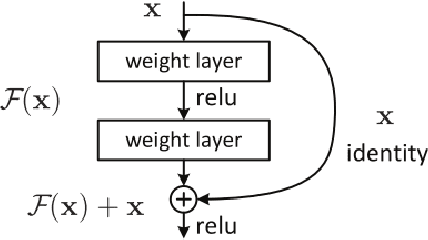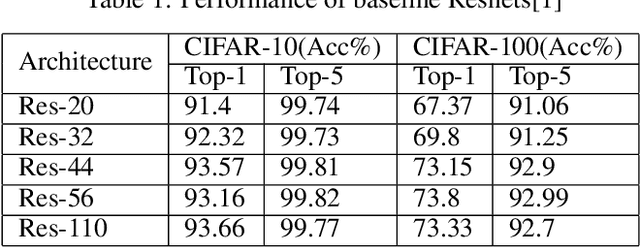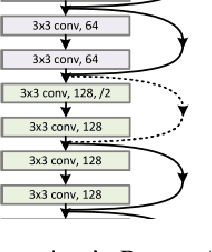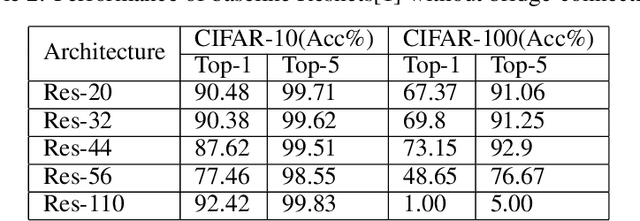Varshaneya V
Learning Causal Attributions in Neural Networks: Beyond Direct Effects
Mar 24, 2023



Abstract:There has been a growing interest in capturing and maintaining causal relationships in Neural Network (NN) models in recent years. We study causal approaches to estimate and maintain input-output attributions in NN models in this work. In particular, existing efforts in this direction assume independence among input variables (by virtue of the NN architecture), and hence study only direct causal effects. Viewing an NN as a structural causal model (SCM), we instead focus on going beyond direct effects, introduce edges among input features, and provide a simple yet effective methodology to capture and maintain direct and indirect causal effects while training an NN model. We also propose effective approximation strategies to quantify causal attributions in high dimensional data. Our wide range of experiments on synthetic and real-world datasets show that the proposed ante-hoc method learns causal attributions for both direct and indirect causal effects close to the ground truth effects.
Teaching GANs to Sketch in Vector Format
Apr 07, 2019



Abstract:Sketching is more fundamental to human cognition than speech. Deep Neural Networks (DNNs) have achieved the state-of-the-art in speech-related tasks but have not made significant development in generating stroke-based sketches a.k.a sketches in vector format. Though there are Variational Auto Encoders (VAEs) for generating sketches in vector format, there is no Generative Adversarial Network (GAN) architecture for the same. In this paper, we propose a standalone GAN architecture SkeGAN and a VAE-GAN architecture VASkeGAN, for sketch generation in vector format. SkeGAN is a stochastic policy in Reinforcement Learning (RL), capable of generating both multidimensional continuous and discrete outputs. VASkeGAN hybridizes a VAE and a GAN, in order to couple the efficient representation of data by VAE with the powerful generating capabilities of a GAN, to produce visually appealing sketches. We also propose a new metric called the Ske-score which quantifies the quality of vector sketches. We have validated that SkeGAN and VASkeGAN generate visually appealing sketches by using Human Turing Test and Ske-score.
RES-SE-NET: Boosting Performance of Resnets by Enhancing Bridge-connections
Feb 16, 2019



Abstract:One of the ways to train deep neural networks effectively is to use residual connections. Residual connections can be classified as being either identity connections or bridge-connections with a reshaping convolution. Empirical observations on CIFAR-10 and CIFAR-100 datasets using a baseline Resnet model, with bridge-connections removed, have shown a significant reduction in accuracy. This reduction is due to lack of contribution, in the form of feature maps, by the bridge-connections. Hence bridge-connections are vital for Resnet. However, all feature maps in the bridge-connections are considered to be equally important. In this work, an upgraded architecture "Res-SE-Net" is proposed to further strengthen the contribution from the bridge-connections by quantifying the importance of each feature map and weighting them accordingly using Squeeze-and-Excitation (SE) block. It is demonstrated that Res-SE-Net generalizes much better than Resnet and SE-Resnet on the benchmark CIFAR-10 and CIFAR-100 datasets.
 Add to Chrome
Add to Chrome Add to Firefox
Add to Firefox Add to Edge
Add to Edge